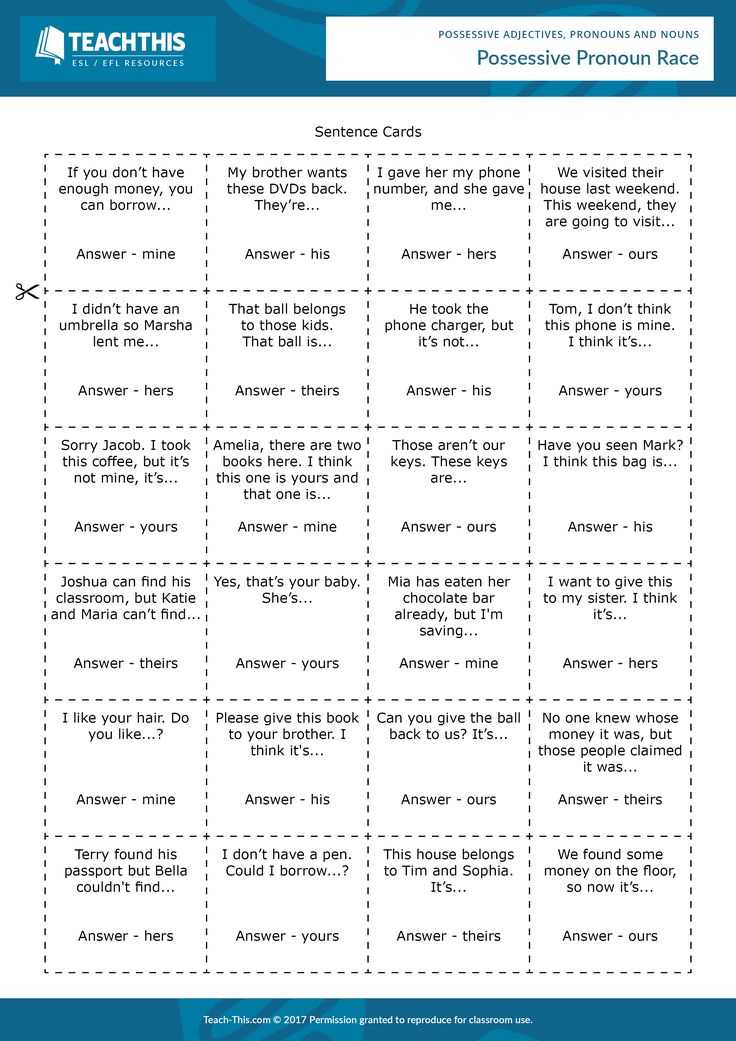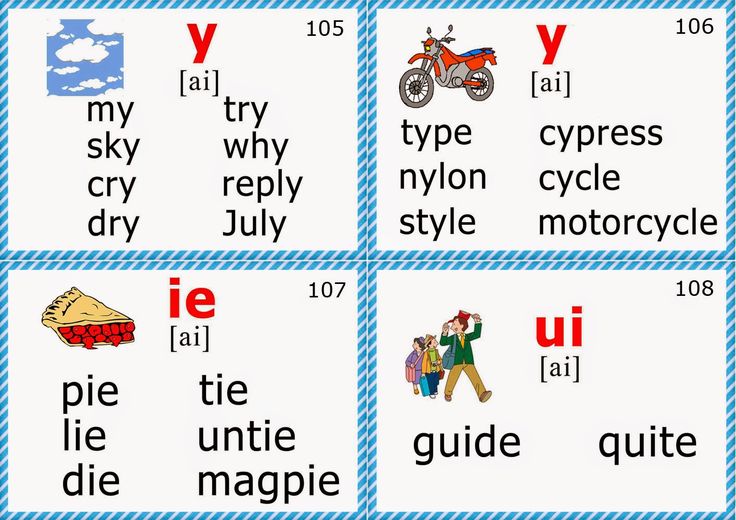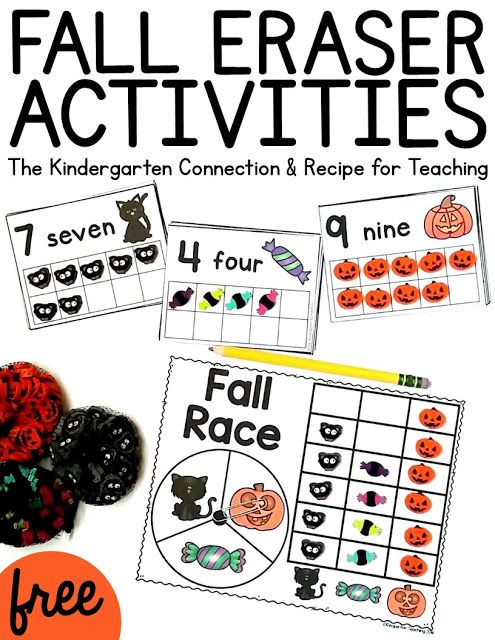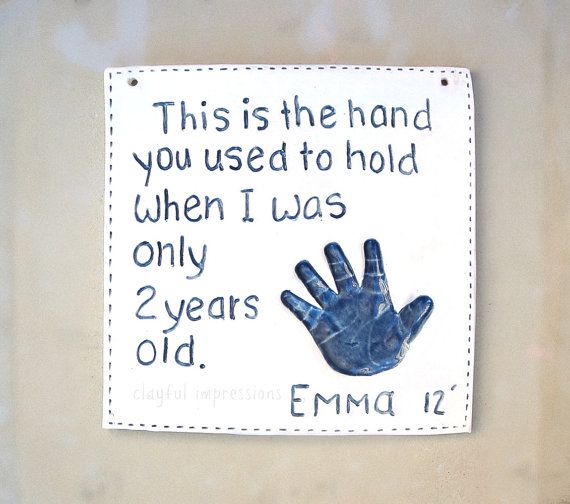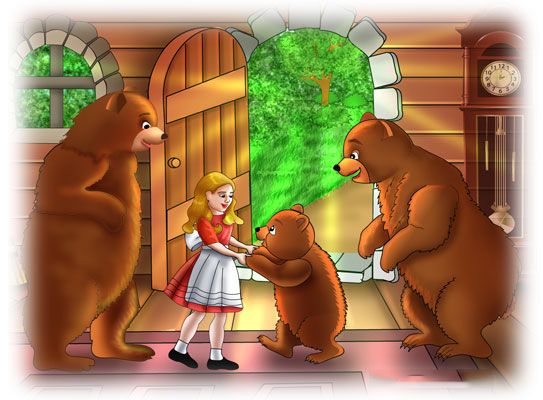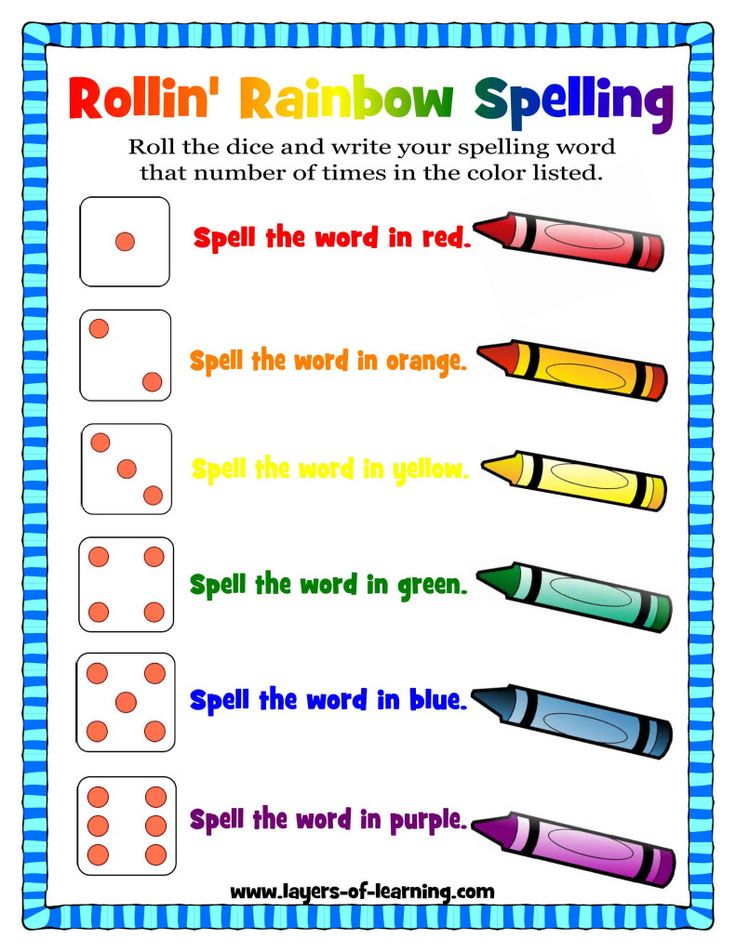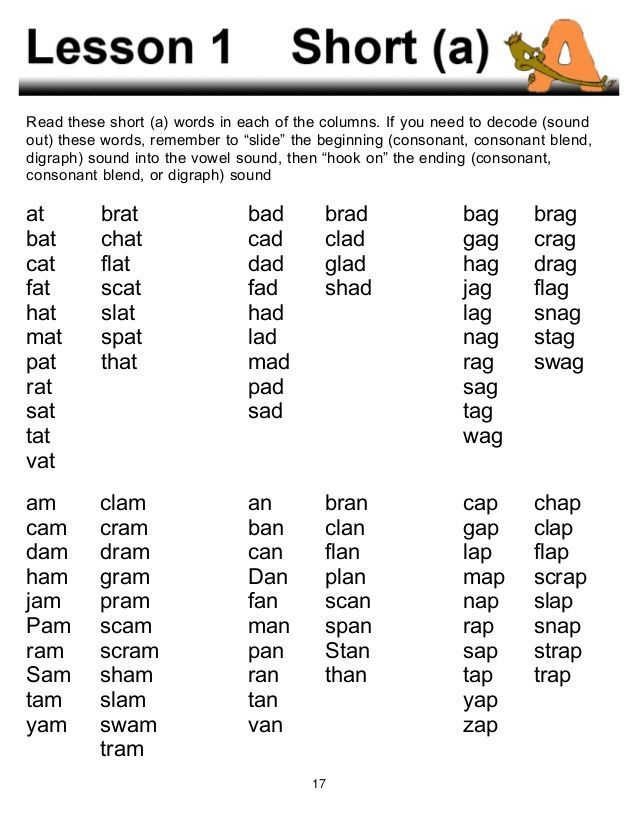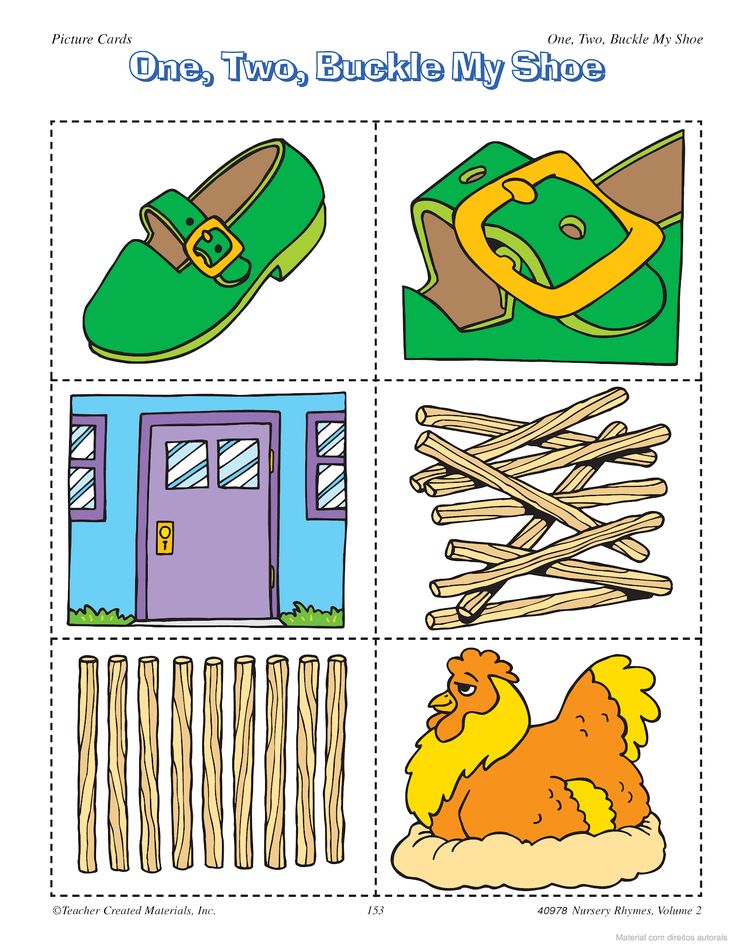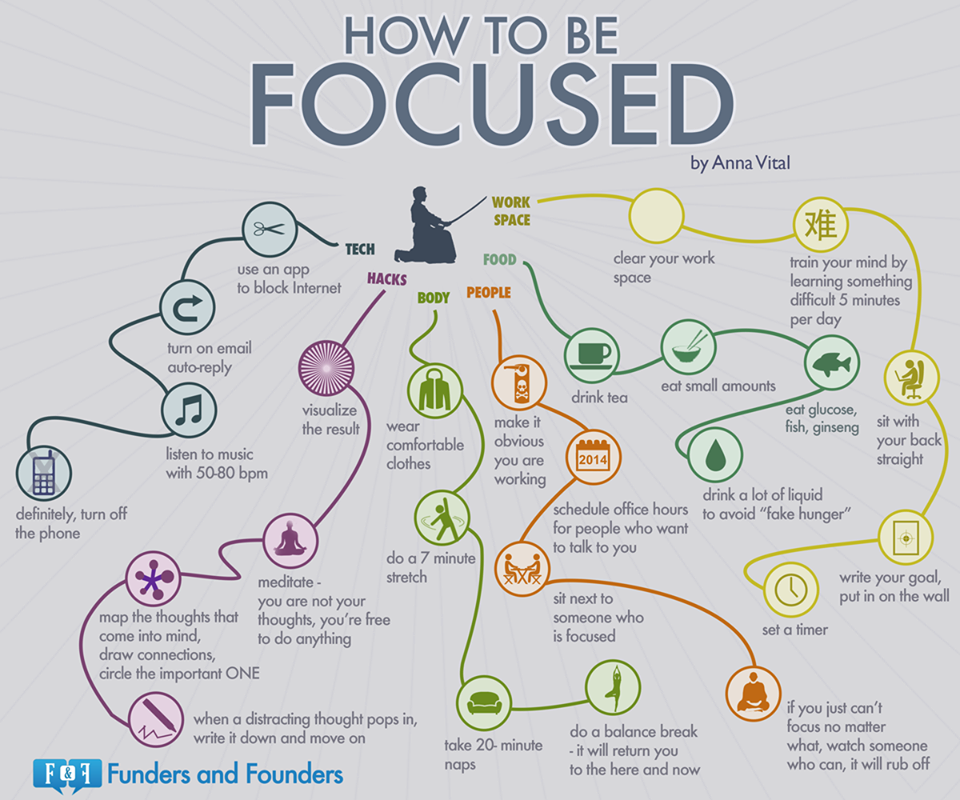Prepositions games and activities
How to Teach Prepositions and Some Fun In-Class Activities
Prepositions are words governing, and usually preceding, a noun or pronoun and expressing a relation to another word or element in the clause. But to make your pupils understand the idea, explain to them that prepositions are words which link nouns, pronouns and phrases to other words in a sentence.
Table of Contents
What are Prepositions?
According to the Oxford English Dictionary, a preposition is a word governing, and usually preceding, a noun or pronoun and expressing a relation to another word or element in the clause. But to make your pupils understand the idea, explain to them that prepositions are words which link nouns, pronouns and phrases to other words in a sentence.
When describing the position of something, the time when something happens or the way in which something is done, we use prepositions.
Functions of Prepositions.
The function of a preposition is to demonstrate the relationship between two words in a sentence, normally between a noun, verb or adjective and a noun (including proper noun), pronoun, or gerund (verb in noun form). For example:
- I ran into the classroom.
- The lady beside Peter.
- She spoke to him.
- He is passionate about swimming.
- I went to Singapore.
A preposition is normally followed by a noun or pronoun and together they form a “prepositional phrase” (about swimming, into the classroom, beside Peter).
Forms of Prepositions.
Prepositions have no settled form. The most common prepositions are one-word prepositions (on, before, into), however there are two- or three-word phrases known as complex-prepositions that we use in our daily lives (according to, along with, in spite of). One thing to notice is that you should make sure that your pupils know the differences between “Complex prepositions” and “prepositional phrases”.
Many prepositions have literal meanings (in the room) or metaphorical meanings (in love). The meanings can be sorted in categories, for example:
- place — under the desk
- time — on Thursday
- purpose — done for school
- possession — a product of mine
- manner — by bus
- means — with a guitar
- movement — towards the rear
- accompaniment — without a tool
Some prepositions belong to more than one category, for example “on the table/on Saturday, with his wife/with a hammer).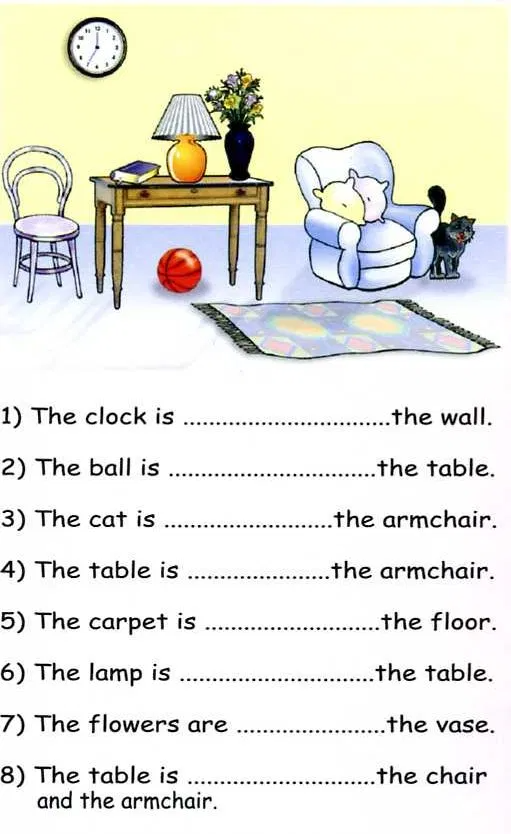
Metaphorical prepositions are those which are used originally to express space, but then expand their meanings to other functions such as means, manner, etc. They are metaphorical since they have a link to the original meanings but extended based on the idea of polysemy.
Many prepositions can also be adverbs. A preposition always has an object. An adverb does not have an object. For examples:
- “They are in the bedroom” vs “Please come in” (no object).
- “There was a car before me” vs “I had never seen it before” (no object).
- “I will call after school” vs “She called soon after” (no object).
There is one very simple rule about prepositions: a preposition is always followed by a “noun” (occasionally the noun may come before the preposition). It is never followed by a verb.
By “noun” we mean:
- noun: cat, love, potato
- proper noun: Paris, Lucy, English
- pronoun: us, you, him
- noun group: my first car
- gerund: singing
Fun In-Class Preposition Activities.

The “Do As I Say” Game.
Put children in pairs, and set a bar or put a desk in front of each pair. On your command children move into a position that illustrates the preposition that you name.
For “under” or “on” children can use the table or the bar, “In front” or “behind” can be done with two pupils, one standing behind or in front of the other. “In” and “out” might be shown with one pupil making a circle with his or her arms, while the other kid stands in the circle or out of it.
The Classroom Ghosts.
Tell your pupils that you have a bad news: there seems to be a naughty ghost in the classroom. The ghost misplaced some items when you left the room yesterday, and you can’t remember what was where, and you need their help.
Prior to this activity you will have to move some things around. For example, you could place some bricks under a pupil’s chair, put a marker pen on the bookshelf, put a doll on the teacher’s chair, or put the clock behind the door, etc.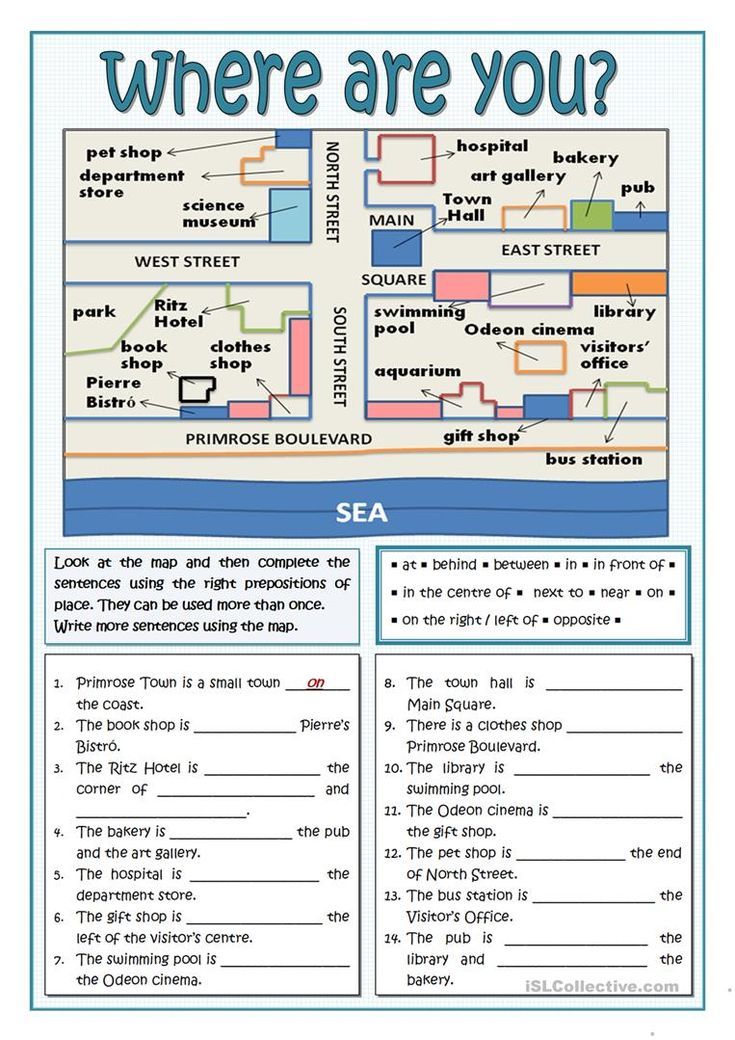
Get pupils into pairs to make a note of what the ‘ghost’ has moved around, and ask them to use ‘prepositions of place’ to make sentences. For example:
The clock is at the wrong place. It should be on the wall.
The bricks are under someone’s chair. They are usually on the shelf.
You could even assign a child as the secret ghost to make a few more changes to the classroom objects for the following day, and then review again with your class to check what they remember.
Grand Designer.
Put your students in pairs, and ask them to describe their ideal bedroom or living room to each other. Tell your class to imagine that they have all won the lottery and they are able to buy their dream house. Ask them to write a detailed description of their ideal homes, using prepositions of place, to give to an interior designer. You can either limit this to one or two rooms, or get the students to design an entire house. Since they are doing this activity in pairs, they may have to make compromises during designing:
Pupil A: There should be a big TV on the wall in the bedroom.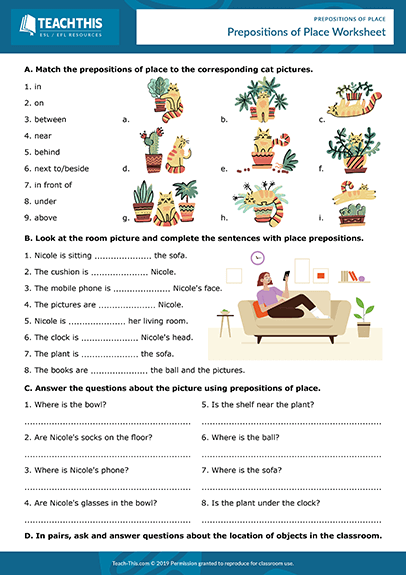
Pupil B: I like a big screen but I would prefer it in the living room.
Once finished, students can join another pair and share ideas. The first pair can describe their dream house and the other pair can try to sketch it.
Scavenger Hunt.
This activity can be done on the whole school premises or within the classroom if your classroom is big enough. Put children in groups of fours or fives, create several clues, give each small group of students one handout with instructions, and take a picture at each point on the scavenger hunt. Clues and instructions can be like:
Walk towards the school gate. There is a poster of a concert on the wall as you walk out of the building. Take a picture of yourself with the poster.
Along the playground, you will see a statue of a penguin. Take a selfie with it.
The List Challenger.
Assign pupils into small teams, at a maximum of four per team. Tell them that you will give them a list of ten prepositions. Each team must try to create as many sentences as they can using the ten prepositions. Write the prepositions to be practised on the board, such as: on, in, under, in front of, into, above, behind, at, below, between.
Each team must try to create as many sentences as they can using the ten prepositions. Write the prepositions to be practised on the board, such as: on, in, under, in front of, into, above, behind, at, below, between.
Then, pick two teams and ask them how many sentences they think they can produce. Both teams will then work closely together to write eight and ten accurate sentences. After finished, ask both teams to try and spot any mistakes the other team has made. If both teams accurately produce the number of sentences they said they could and has no mistake, they are awarded that number of points. For example if Team A claimed that they can writer 7 sentences and they wrote 7 with nothing wrong, that’s 7 points for them. If a team gets even one sentence wrong, or does not get the number they said they would, they get zero points.
Grammar with Emile
If you are tired of making props for activities, or you just need one activity that can do all the tricks and get all of your pupils engaged(even the most inactive ones), then you need Grammar with Emile.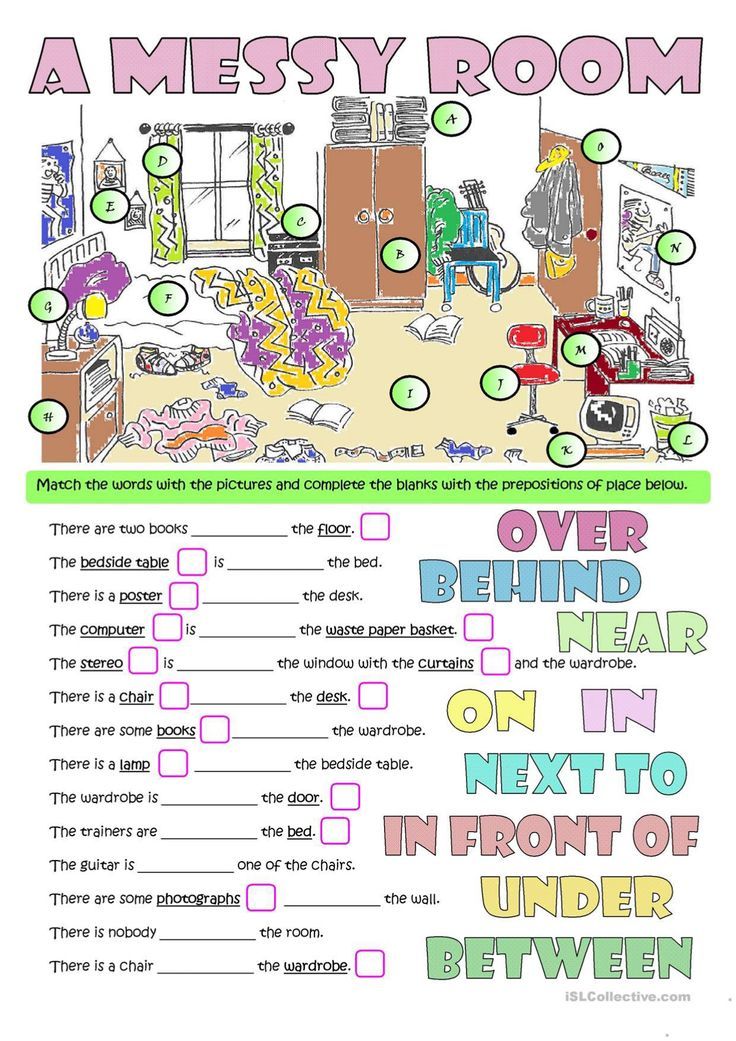
It’s a resource on computers or tablets that can easily grab students’ attentions with cute cartoon characters and cool animations, and it actually offers an Assess, Practice and Achieve Model which automatically assess a pupil’s current ability on a certain subject, assign the proper level of practice questions for the pupil to do, and teachers can just sit back and wait to see their pupils achieve a higher level (better marks and improved overall understanding of a subject).
More of our Grammar Blogs
Preposition Games ESL | Best EFL Prepositions Activities to Try Out
Prepositions are a very common topic in many beginner ESL or EFL textbooks, especially for children. A preposition is a word that basically indicates a location or soprepme other kind of relationship between nouns or pronouns. It can’t actually be considered a preposition unless there’s a related noun or pronoun that goes with it, which is called the object of the preposition.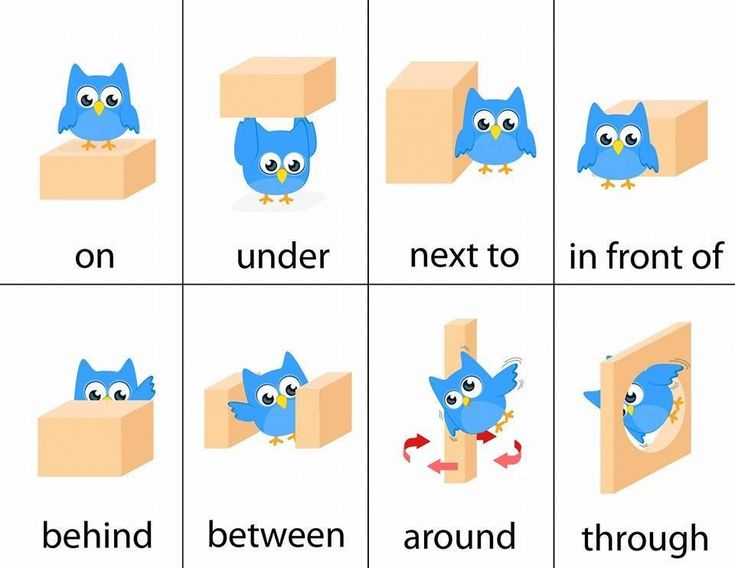 Of course, you’ll want some of the best preposition games ESL to use in your classes.
Of course, you’ll want some of the best preposition games ESL to use in your classes.
Here are some of the most common prepositions that you may want to teach your English students. Of course, use some of the best preposition phrase games.
- in
- with
- on
- at
- by
- from
- into
- through
- over
- between
- against
- under
- among
Are you looking specifically for activities that are related more to giving directions to find a location like a bank or a person’s house? Then you’ll want to check this article out: Giving Directions ESL Games, Worksheets, Maps and Lesson Plans. Otherwise, stay tuned for our favourite ESL preposition activities and games.
ESL Preposition Activities
Let’s get into the top preposition activities ESL.
ESL Preposition Games and ActivitiesThese are only a few of the most common English prepositions—there are quite literally hundreds of them! Now, let’s get into the preposition games ESL that you might want to consider using.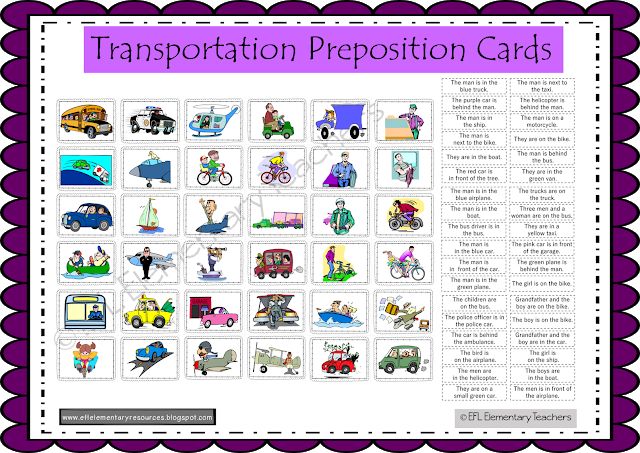 They’ll spice up your class and turn something normally quite boring into one of the best classes of the year.
They’ll spice up your class and turn something normally quite boring into one of the best classes of the year.
Without further ado, let’s get to the best ideas for teaching prepositions ESL!
#1: Picture PromptThis is a quick warm-up that can also be used as a kind of test at the end of your preposition unit. The way it works is that you put a picture up on the screen that lends itself to lots of prepositions. For example, a desk or table with lots of stuff on it, or a messy house.
Then, there are a few things you can do depending on the level of students. If a bit higher level, leave the picture on the screen for a minute or two, take it down and then ask some questions:
“Where is the yellow book?”
“Is the pen on the right side of the desk?
For lower-level students, or younger children, you can do this activity with the picture still up and work together as a class. You can find out more details about this simple, but classic ESL game or activity here: Picture Prompt ESL Game.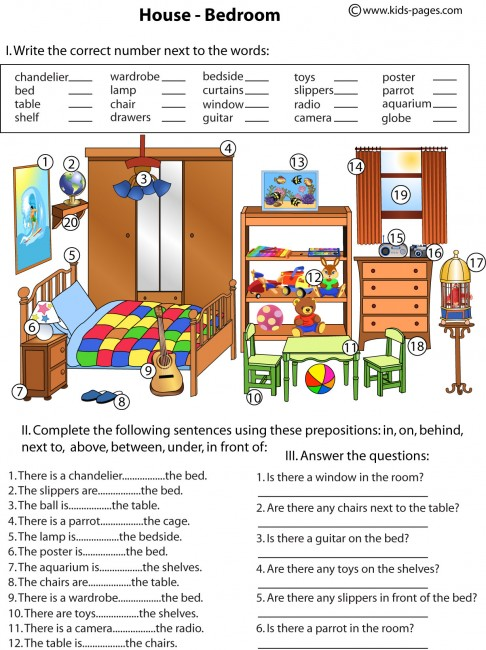
I’m ALL about using flashcards in my English classes with children. You can make or buy your own, but the secret is that you can often buy a set as a supplement to most kids ESL textbooks. This has the huge advantage of having the exact vocabulary words that you’re teaching.
The way you can use them for prepositions is to choose from nouns. Then make three piles of 3 and place them standing up on the whiteboard ledge. Make sure all the students can see which card you place where.
Then, ask a question like, “Where’s the dinosaur?”
The students would have to answer, “The dinosaur is behind the fish.”
Check out other ways to use flashcards when teaching English to children here: ESL Flashcards for Children.
English Teaching Emergency: No Textbook, No-Prep, No Materials ESL/EFL Activities and Games for Busy...
- Amazon Kindle Edition
- Bolen, Jackie (Author)
- English (Publication Language)
- 68 Pages - 11/12/2019 (Publication Date)
If you want to help your students lock in the sentence structure related to prepositions, then you’ll want to consider using disappearing text.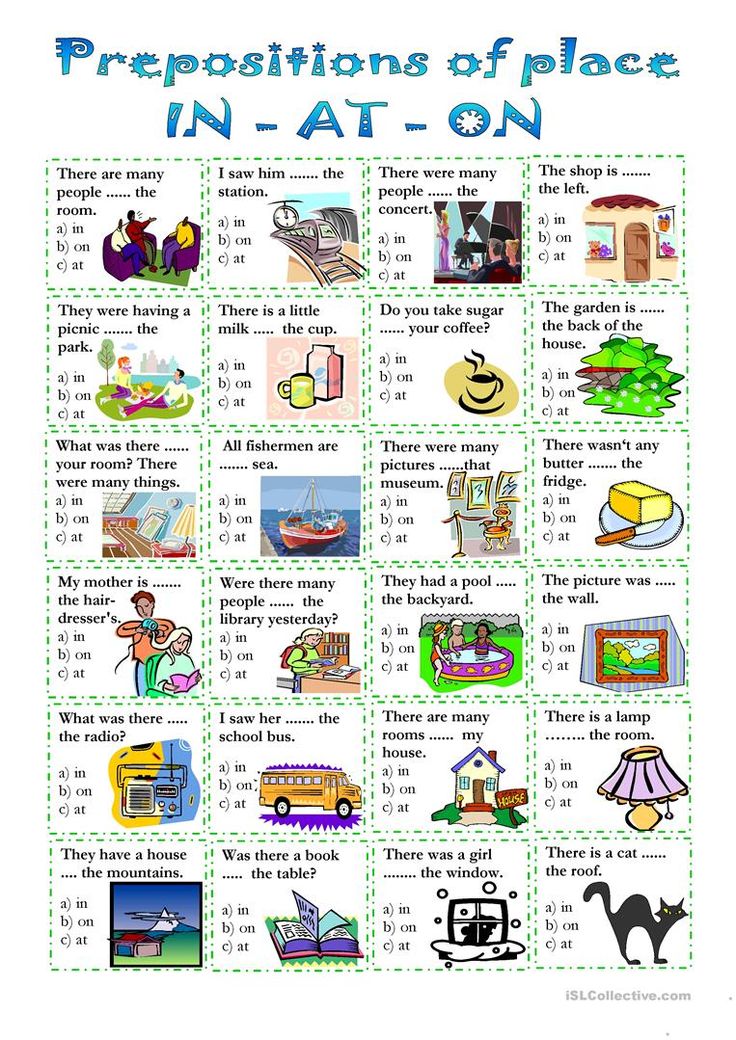 It can get a little bit tricky with all the small little words in there which need to be in a precise order. This is a great activity to help your students see what a correct sentence looks like.
It can get a little bit tricky with all the small little words in there which need to be in a precise order. This is a great activity to help your students see what a correct sentence looks like.
The way it works is that you write a sentence on the board (containing some prepositions). The students say it out loud together. Then, erase the first few words and the students have to repeat it again. Continue until you have no words left! This can be a fun way to review a key sentence at the end of every class.
Find out more details here about one of the best preposition phrase games: The Disappearing Sentence ESL Activity.
#4: ESL Board GamesI LOVE to play board games in real life, so maybe that’s why I like to use them with my students too? Whatever the case, they lend themselves really well to prepositions if you tailor the questions to what’s happening inside a classroom.
You can include questions like the following:
- Where is the teacher?
- What’s in front of you (behind you) right now?
- Is there a window next to the TV screen?
Find out more about this fun ESL game here: Board Games for English Learners.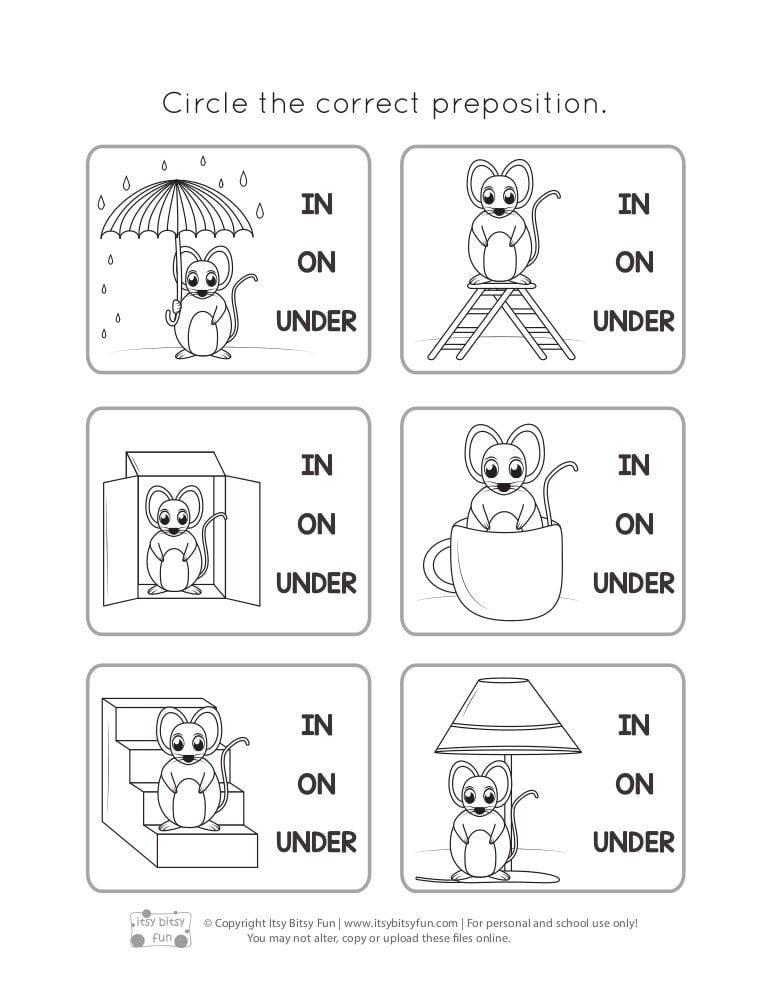 Or, check out this short video below for even more information about this preposition activity:
Or, check out this short video below for even more information about this preposition activity:
One of the best strategies for teaching English to young children is to get them up and moving around the classroom. One fun way to do this is to use Total Physical Response (TPR). This is a well-known language teaching methodology and it works especially well for prepositions.
You could get students to touch something…
- ON the desk
- IN FRONT OF the whiteboard
- UNDER your chair
- BEHIND the teacher
- Etc.
Or you could give basic commands like…
- Stand BEHIND your desk
- Crawl UNDER the table
- Go to the BACK of the room
You can find out more here: Total Physical Response in the English Classroom. Try out this great activity for kids that gets them listening to correct sentences and then responding to them. Learning English can be a fun experience!
49 ESL Conversation Games & Activities: For Teachers of Teenagers and Adults Who Want to Have Better. ..
..
- Amazon Kindle Edition
- Bolen, Jackie (Author)
- English (Publication Language)
- 94 Pages - 06/18/2020 (Publication Date)
This is an extremely versatile ESL game that can be used for a variety of situations, including names, grammar or vocabulary. In this, you can use it for prepositions.
The first student says a sentence, using a preposition about what they see in the classroom. For example, “There is a pen ON the desk.”
The second student repeats this sentence from the first student and then adds their own, using a different preposition. The game continues until someone can’t do it correctly. They sit down and the winner is the last one student standing. Or, you can end the game with the teacher repeating all the sentences (I usually feign like I’m having trouble and get the students to help me!).
Learn more about this fun memory game here: The ESL Memory Circle.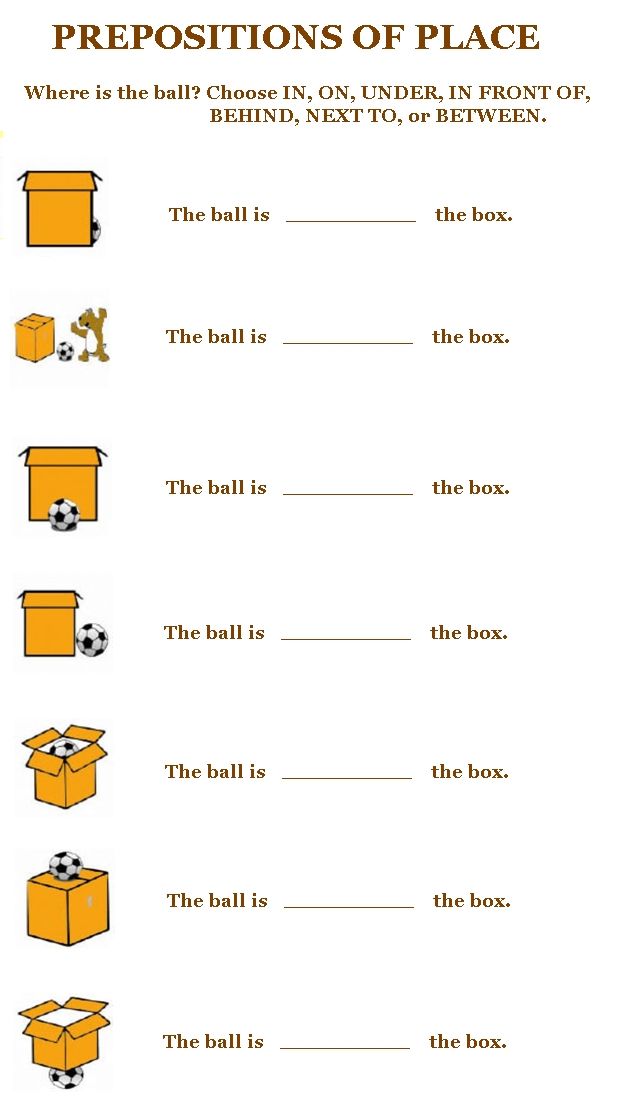
ESL preposition phrases games
#7 ESL Preposition Games: TabooI’m sure you may have played taboo as a party game before. The way it works is that you try to get your team to say a specific word, but you can’t use a list of certain other words. I adapt it for my English classes and let students use any word they want, except for the word in question. To help your students use prepositions, consider adapting it.
In this case, use prepositions. For example, if the secret word is on, the student could say something like, “The pen is ___ the desk.” His team would hopefully guess “on!”
It’s a simple way to close out the unit on prepositions by having some fun with a small group of students. Learn more here: Taboo ESL Speaking Activity.
You could also use this when teaching ESL opposites. Students can describe the words, saying something like, “It’s the opposite of _____.”
#8: Draw a Picture, ESL StyleA fun activity to work on prepositions is this simple way to draw a picture. The way it works is that one person looks at a picture secretly. Things like aliens or monsters often work well. Then, they have to describe the picture to their partner who has to draw it.
The way it works is that one person looks at a picture secretly. Things like aliens or monsters often work well. Then, they have to describe the picture to their partner who has to draw it.
For example, your students might say, “The alien has 10 arms with 3 fingers on each arm. There is a big face and on the face there are 3 eyes.”
As you can see, the use of prepositions in this activity would be almost endless. At the end, don’t forget to highlight the prepositions used with the class. More information here: ESL Secret Drawing Activity.
#9: ESL Preposition SongsI’m a terrible singer, but kids love learning English through songs. What to do? Turn to YouTube of course! It’s a simple way to incorporate singing into my classroom, but without actually requiring any sort of musical talent of my own.
#10: Error Correction Relay Race#11: Include Prepositions in your Daily RoutineIt’s super important to have a daily routine when teaching English to anybody, but particularly young children.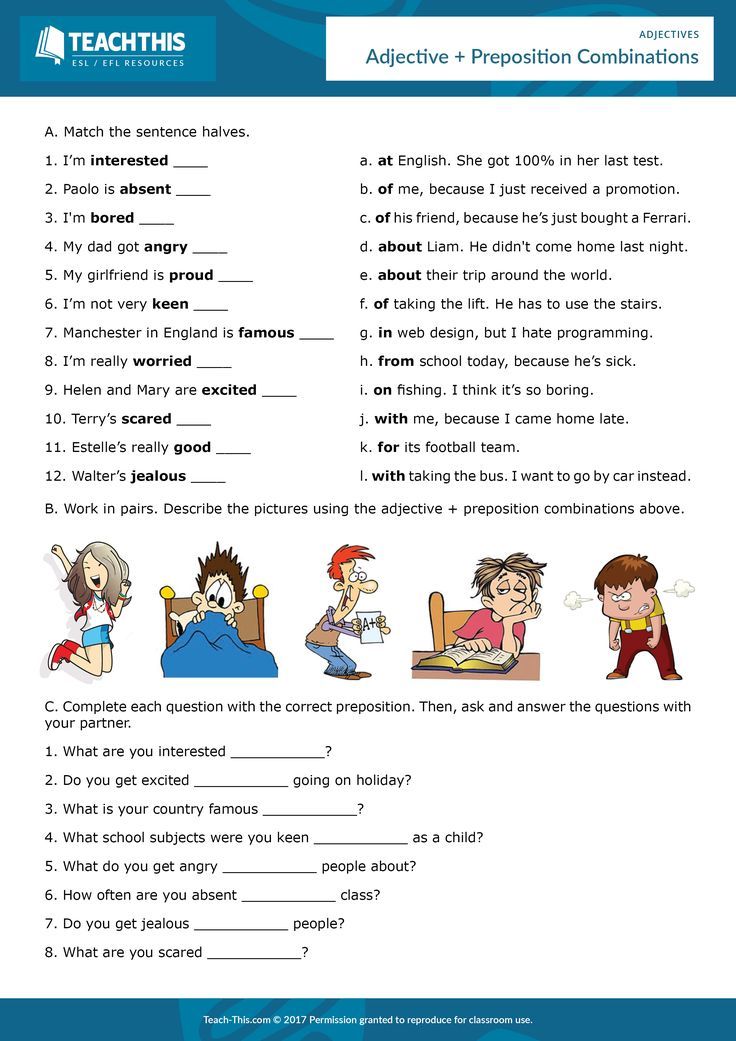 They thrive off what they can come to know and expect. For my routine, I’ll include some simple questions like the following:
They thrive off what they can come to know and expect. For my routine, I’ll include some simple questions like the following:
- What day of the week is it?
- How’s the weather today?
- What time is it right now?
You may also want to include some simple questions related to prepositions. For example, where are your mom and dad AT right now? How many pens are ON the desk? Is there a boy or girl sitting NEXT TO me? If you can draw from personal experience, it’ll be a great activity.
You get the picture. Change it up to include a few different ones each class. You can find out more about this English teaching strategy here: ESL Daily Routine for Kids.
#12: Strike a Pose Prepositions EFL ActivityUse this one as a quick warm-up or review activity. Strike a pose at the front of the class and then have students make sentences related to what you’re doing. For example:
Your left arm is on top of your head.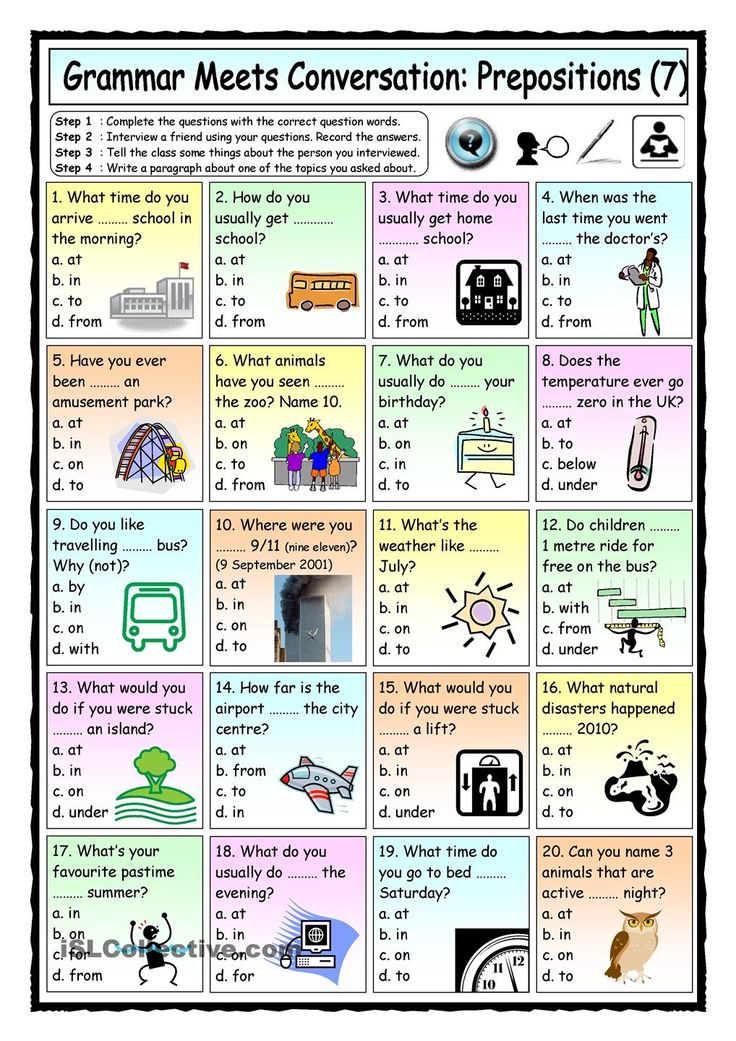
Your right arm is behind your back.
The right leg is on the chair.
You are looking to the left.
An alternative way to do this is to send one student outside the classroom before striking your pose. Then, do your pose and have the remaining students make note of your position.
Bring the student back in the class, and the other students have to describe to them how to position their body so that it matches yours. Try out this fun ESL preposition game for yourself!
#13: My Dream Bedroom (or Living Room, etc.)This preposition interactive activity is best for adults. After teaching about prepositions, have students think about their bedroom and what they like or don’t like about it. Say that they’ve suddenly come into some money and now have $25,000 USD to remodel. What would it look like?
Have students write at least 6 sentences. For example:
I’d have a TV on the wall in front of my bed.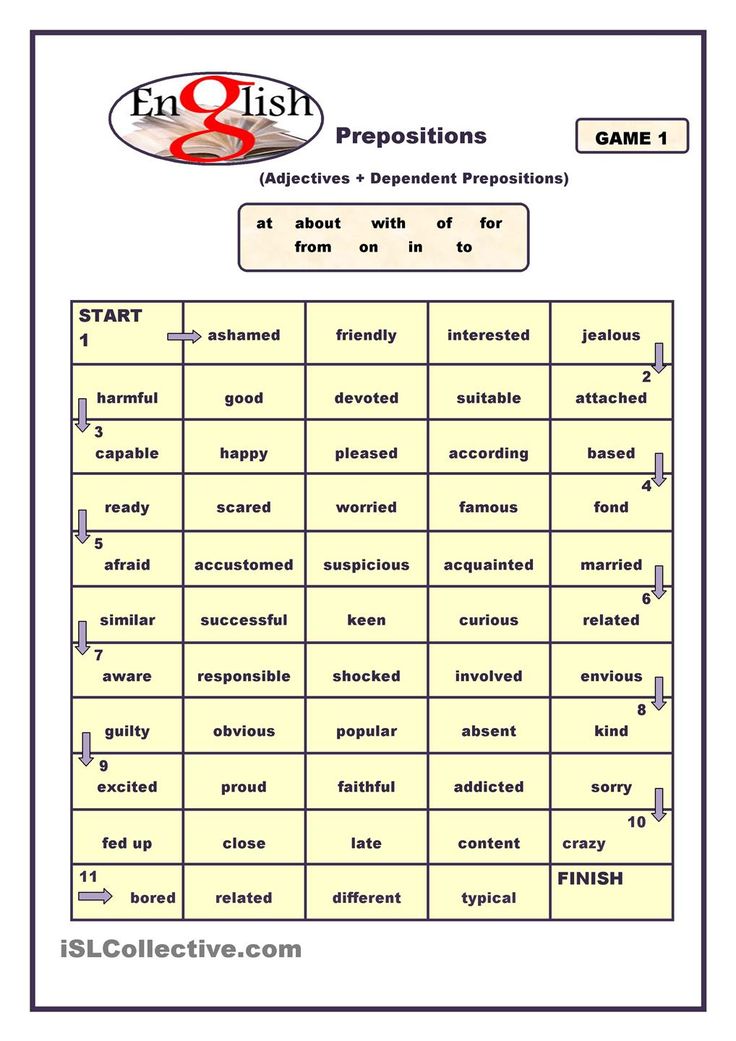
Next to bed would be a beautiful nightstand.
I’d have lots of artwork on the walls.
Now, here’s the interactive part. Put students into pairs and then have the first person read their description to the second person who has to make a sketch of the dream bedroom. Switch roles and then the activity is complete.
#14: Information Gap Activities #15: ESL Preposition Games: The Memory TimetableShow students a sample timetable for a minute or two. It could be a train or bus schedule or something like that. How complicated depends mostly on the age of the students. Then, take it off the screen and ask students some questions. It’s usually best to do this in partners. Students have to write their answers in a full sentence.
Here are some example questions/answers:
What time does the train leave from Busan to Seoul? It leaves at 7pm.
What time does it arrive? It arrives at midnight.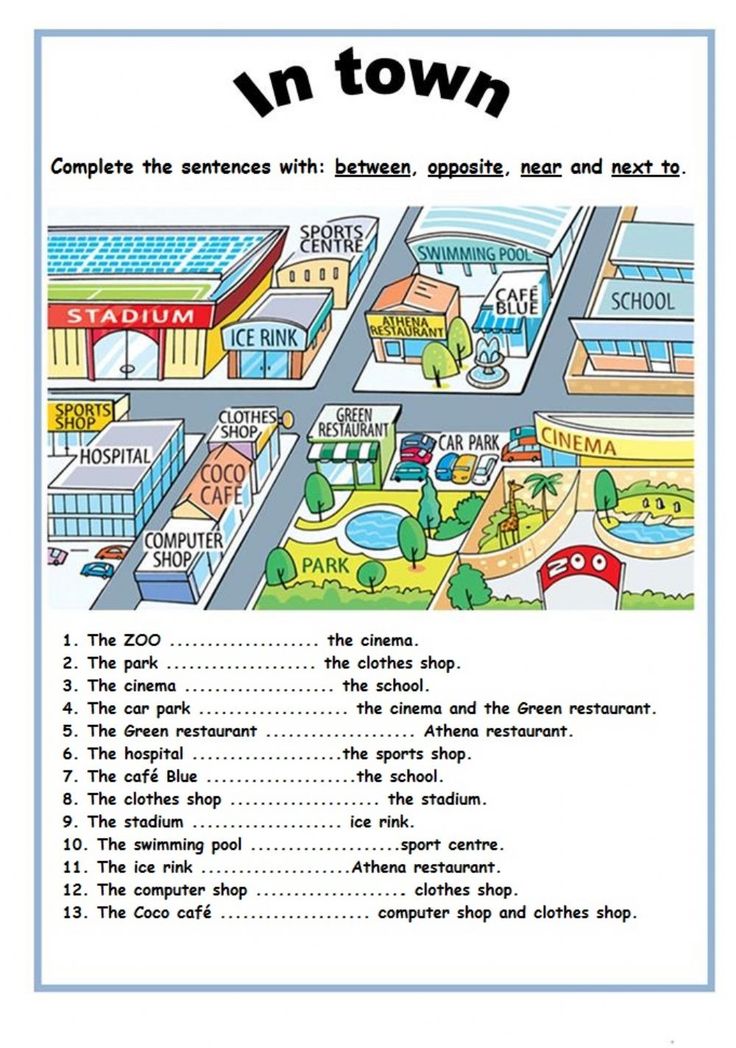
Try out one of the best preposition games for yourself today!
67 ESL Conversation Topics with Questions, Vocabulary, Writing Prompts & More: For English Teachers...
- Amazon Kindle Edition
- Bolen, Jackie (Author)
- English (Publication Language)
- 278 Pages - 07/12/2020 (Publication Date)
If your students are old enough to leave your classroom without supervision and are allowed to do so by the administration at your school, then consider using this picture quest activity. The way it works is that it’s like a picture scavenger hunt that students have to complete by taking pictures of all the things on a list.
Normally, I’d use adjectives to describe what students had to take a picture of. For example:
- Something yellow, hot, interesting, delicious, etc.
But in the case of prepositions, you could require that students take pictures of things based on prepositions.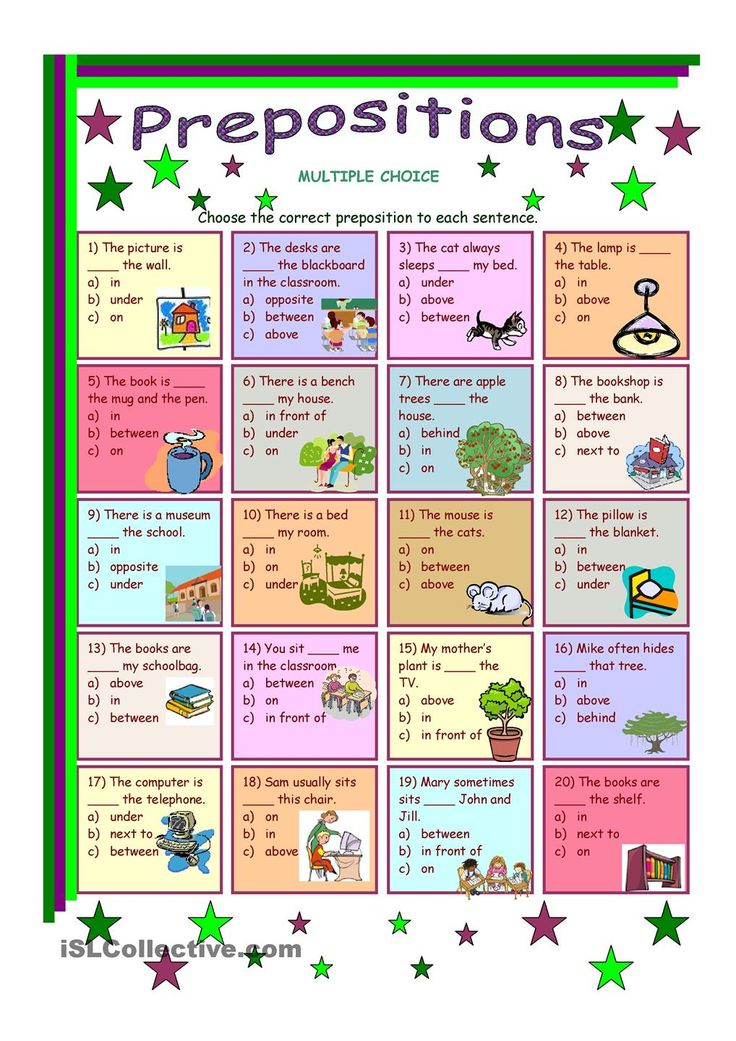 For example. Take a picture of something…
For example. Take a picture of something…
- On top of the roof
- Under a bench
- Next to something big
20 Games and Activities to help master your ESL prepositions
#17: Hide and Seek Preposition Interactive GameHide small objects around your classroom. Then, give hints to the students using prepositions about where they can find them. It’s a fun ESL preposition game for young learners, so try it out today.
Quick hint: it works best for smaller classes of six or fewer, or it can get a little bit chaotic.
Are you looking for something besides preposition games? Then you’ll definitely want to keep on reading for even more resources.
#18: Hot Potato Game#19: Whiteboard Race, Prepositions for KidsA fun preposition game for kids is this whiteboard race. Make up a number of teams depending on how much space you have on the board. Then, one person from each team comes up and is given a marker.
Say two words (clock, desk) and the first person to write down a preposition (below) gets a chance to make a sentence (the desk is below the clock). If correct, they get a point for their team. If incorrect, the person to the right of them gets a chance to do the same thing.
Continue playing until everyone has had a chance.
#20: Sentence Building ActivitiesTime spent on building sentences with our students will never be wasted time! Sentences are the foundation to language learning.
When teaching prepositions, it can be a little bit tricky with regards to word order in sentences and beginners may have a hard time not getting this mixed up. If you want to work on this with your students, have a look at these recommendations for preposition phrase games:
Sentence Building Activities for ESL.
39 No-Prep/Low-Prep ESL Speaking Activities: For English Teachers of Teenagers and Adults Who Want.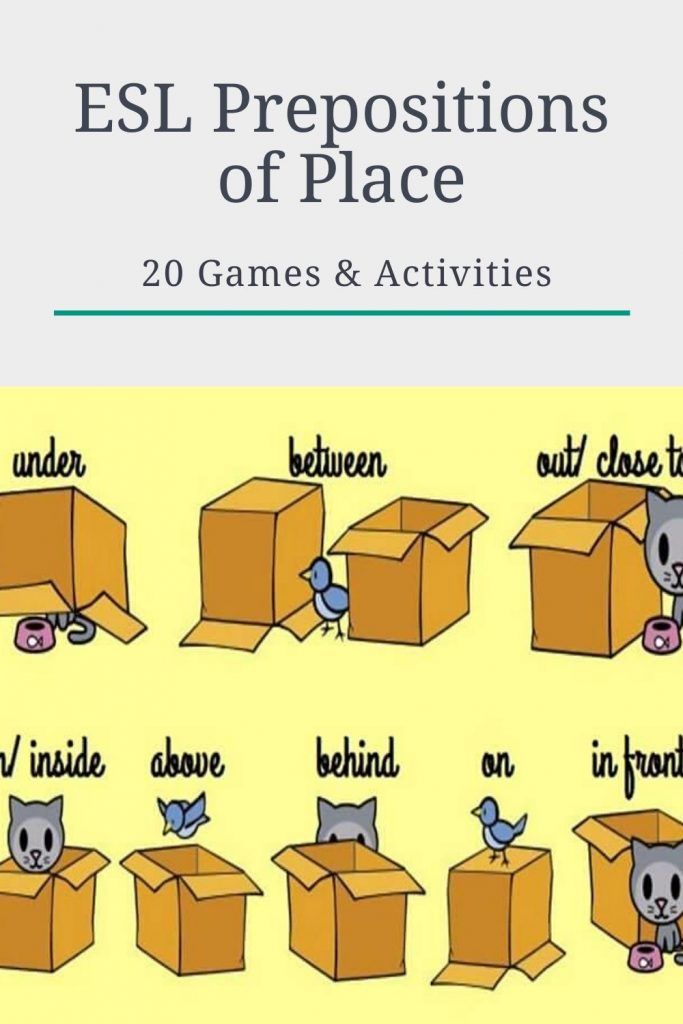 ..
..
- Amazon Kindle Edition
- Bolen, Jackie (Author)
- English (Publication Language)
- 94 Pages - 05/30/2015 (Publication Date)
Just ask my students and they’ll tell you that running dictation is one of my favourite ESL activities! It covers a range of skills, is student-centred and also lends itself well to just about any vocabulary set or grammar point.
In this case, you’ll want to find a conversation of some kind with lots of prepositions in it. The textbook is often a good source, or you can easily write your own. Then, students have to work in pairs to dictate the dialogue and then put it into the correct order. Find out more about it here:
ESL Running Dictation Game.
#22: Dictogloss#23: Telephone Preposition Activity for KidsI’m sure you’ve played this game when you were a kid. The way it works is that you have to pass down a message along the line.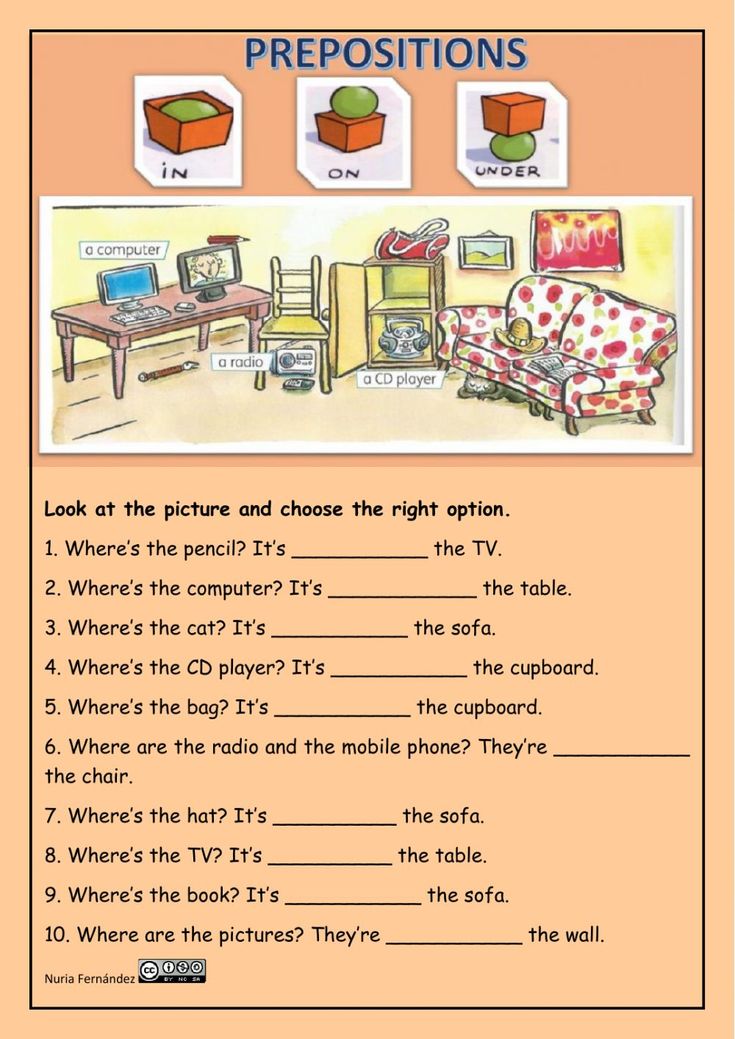 Then, the person at the end compares what they have with the original message. Students love it!
Then, the person at the end compares what they have with the original message. Students love it!
Of course, you’ll want to make some sentences with lots of prepositions in this. Learn more about this prepositions EFL activity:
Telephone Game for Language Learners.
Prepositions EFL games
#24: There Is There Are ESLThis grammar point is a natural fit for ESL prepositions. It’s easy to make sentences like:
- There are some pencils inside my pencil case.
- There aren’t any books in my bag.
- There’s a water bottle on the desk.
Check out some of the best ideas:
There Is There Are ESL.
#25: More Fun Games for Prepositions#26: More Ideas for Teaching English Grammar and Vocabulary#27: Drilling GamesTeaching students how to use prepositions in a sentence is a bit tricky because they can often get the word order confused.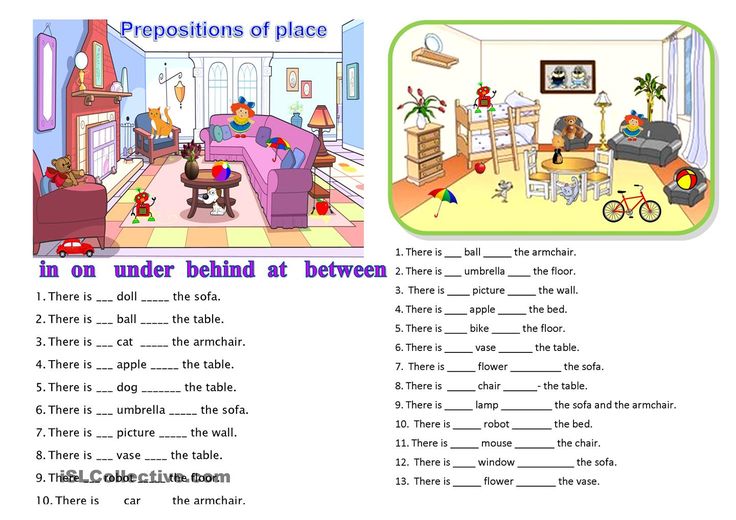 A nice way to help this become more familiar is to use a drill. Show a picture (or two objects in real life relation to each other) and say the sentence. Students can repeat it a few times. More ideas here:
A nice way to help this become more familiar is to use a drill. Show a picture (or two objects in real life relation to each other) and say the sentence. Students can repeat it a few times. More ideas here:
Drilling Games.
#28: Preposition of Place QuizTry out this fun quiz with your students:
ESL Preposition WorksheetsIf you’re looking for some top picks for sources of preposition worksheets, you have a few different options. There is always a practice section in the workbook for this specific unit. Or, you may find more worksheets in the teacher’s resource or student homework book. You could also consider making your own from scratch.
Finally, consider one of these sources for ESL preposition worksheets online:
iSL Collective
ESL PDF
ESL Tower
To help our students use prepositions well, we’ll need to give them lots of practice opportunities and worksheets like these ones are just one way to do that.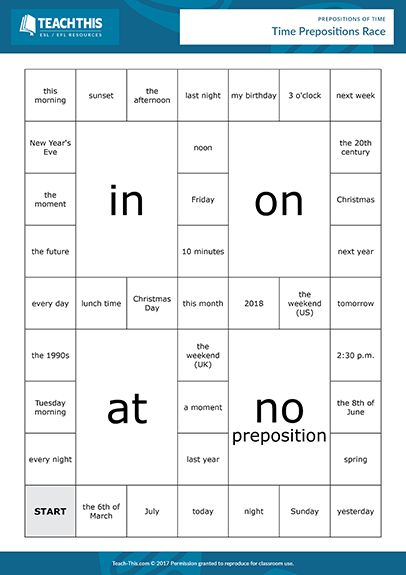
Here are some of our favourite online sources for preposition practice, games, and quizzes:
ESL Games Plus
English Club
Games to Learn English
The best part? These preposition interactive games are fun and your students will love learning English with them!
Preposition Games FAQsThere are a number of common questions that people have about prepositions games, activities and preposition in general. Here are the answers to some of the most popular ones.
What is a Preposition ESL?
Prepositions for ESL and non-ESL are the same! They are words that show relationships between objects, people and places. Some examples of prepositions include: in, on, at, into, through, during, and many more. They are an important part of the English language and are found in beginner-intermediate ESL textbooks.
Prepositions for ESL
Why do we Teach Prepositions?
Prepositions are considered to be a “closed class” part of speech.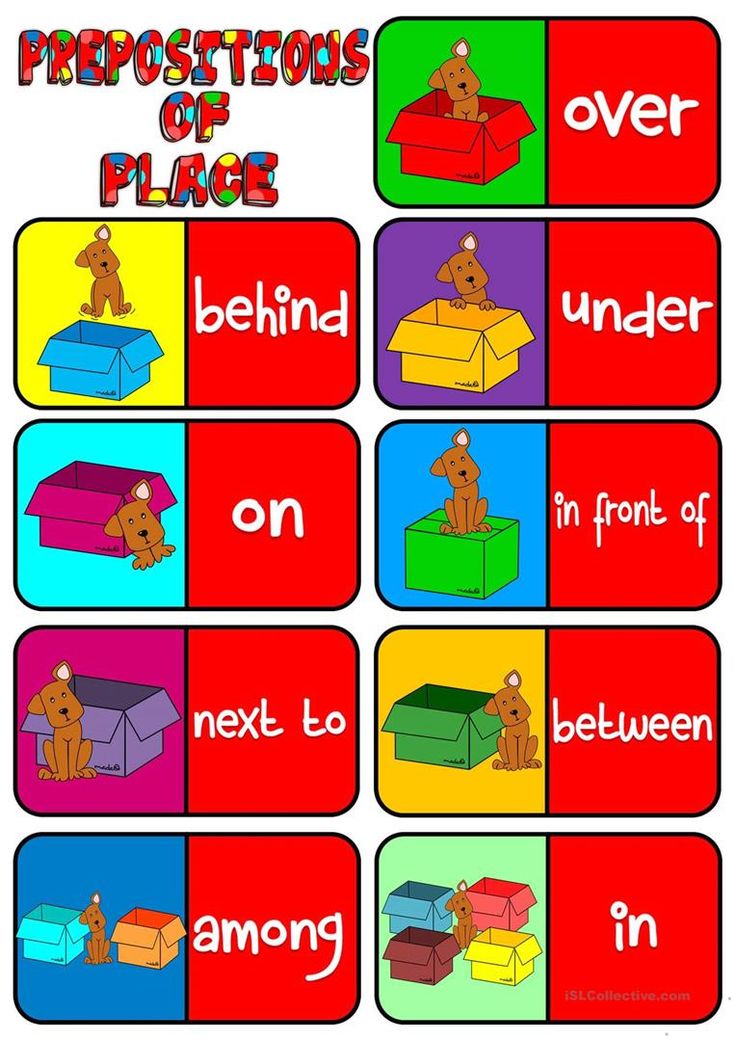 We teach them because they’re an important part of the English language as they act as markers of the structure of a sentence. Prepositions show relationships between people, objects and locations. Although there are a limited number of them, they are very important and remember that in order to use prepositions well, English learners need lots of practice.
We teach them because they’re an important part of the English language as they act as markers of the structure of a sentence. Prepositions show relationships between people, objects and locations. Although there are a limited number of them, they are very important and remember that in order to use prepositions well, English learners need lots of practice.
How do you Explain Prepositions in English?
Here’s how you can explain what prepositions are to your students. A preposition is used to link nouns, pronouns, phrases or other words in a sentence. They’re useful fo connecting people, objects, time and locations within a sentence. Prepositions in English are usually very short words and you can most often find them right in front of nouns.
How to explain prepositions in English
What are the 6 Types of Prepositions?
There are various kinds of prepositions to be aware of. They include the following:
- Prepositions for time (in, on, at)
- Place (in, on, at)
- Directions (through, towards, etc.
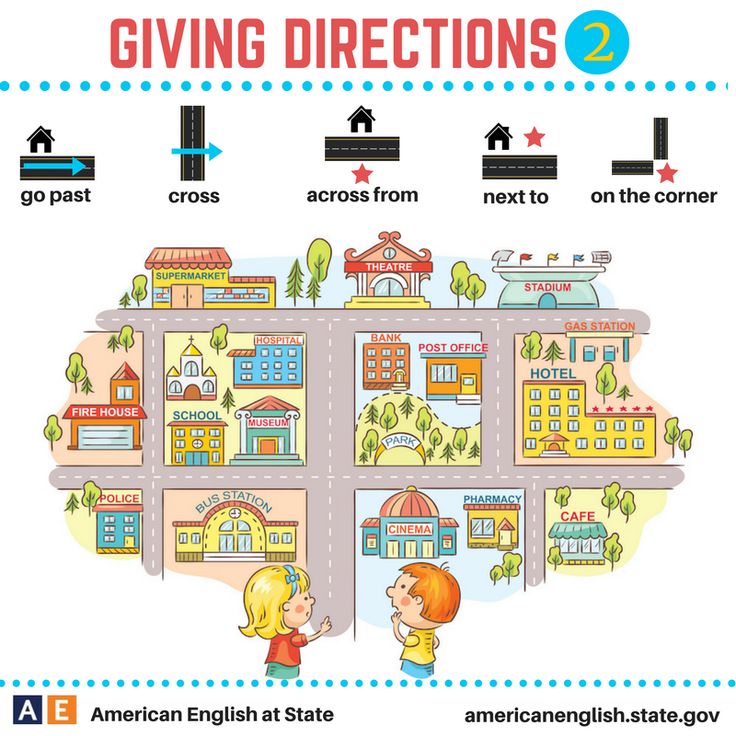 )
) - Agent (by, with, etc.)
- Instruments (by, with the help of, etc.)
- Prepositional phrases (after the meal, etc.)
What are Five Examples of Prepositions?
Here are five examples of the use of prepositions:
- She sat on the couch.
- This is some juice in the fridge.
- The child is hiding under the bed.
- She lost her book at school.
- They drove over the bridge.
How do you Use Prepositions Correctly?
One tip for using prepositions correctly is to avoid them at the end of sentences. This is because they have to be followed by a noun and they also have an object. For example, you’ll want to avoid the following: The counter is where I put my keys on. Instead, you can say: I put my keys on the counter.
Did you Like These ESL Activities? 101 ESL Activities: For Teachers of Kids (6-13) Who Want to Have Fun, Engaging and Interactive.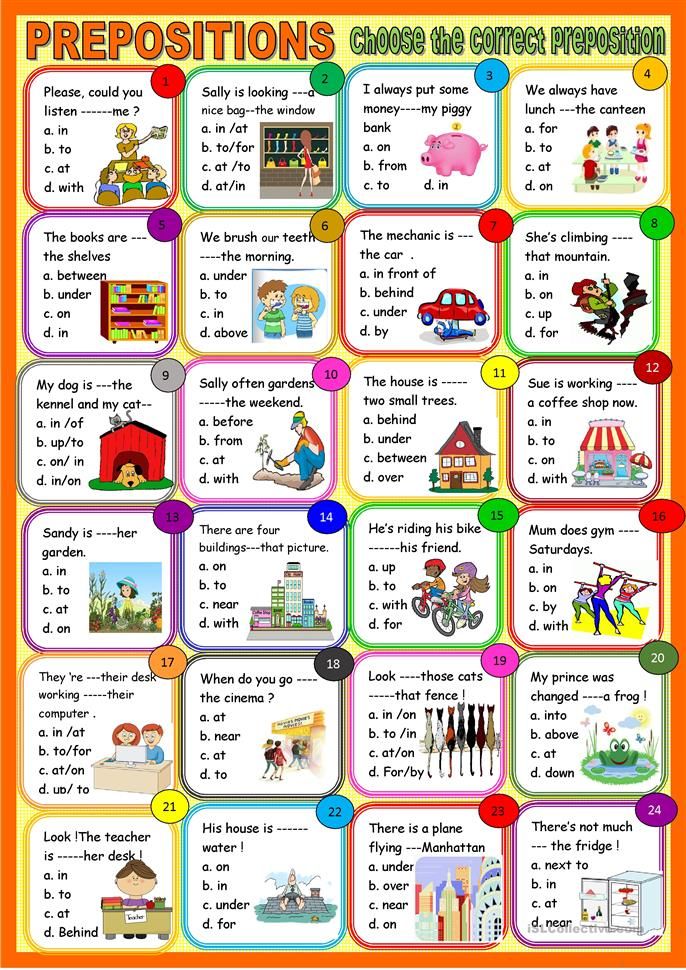 ..
..
- Amazon Kindle Edition
- Smith, Jennifer Booker (Author)
- English (Publication Language)
- 133 Pages - 03/31/2016 (Publication Date)
Yes? Thought so. Then you’re going to love this book, available on Amazon: 101 ESL Activities for Kids. There are dozens of top-quality games and activities to help you get through an entire semester in style.
We all know that the key to fun, engaging English classes for kids is a variety of interesting activities. This book will help you do just that.
And the best part is that the book is well-organized into sections, including speaking, reading, writing, listening, review, grammar, etc. so that you can easily find what you’re looking for in under a minute. Then, most of them are low-prep or no-prep. It’s lesson planning made easier, guaranteed.
You can get the book in both digital and print formats. Keep a copy on the bookshelf in your office to use as a handy reference guide.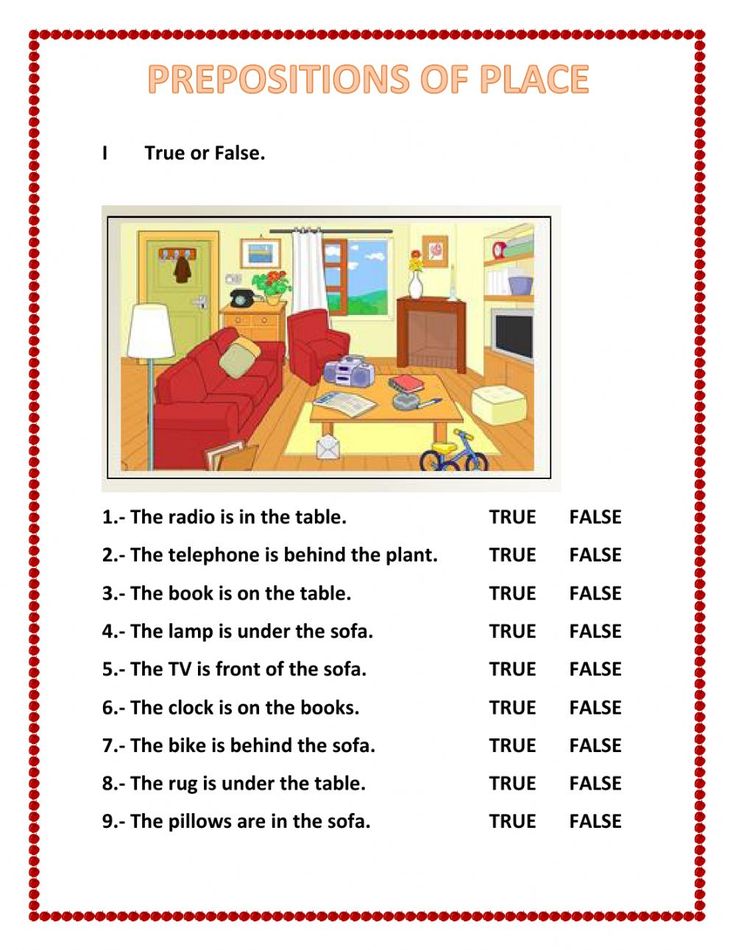 Or, take the e-version with you on your phone or tablet for lesson planning on the go.
Or, take the e-version with you on your phone or tablet for lesson planning on the go.
Check out the book for yourself over on Amazon, but only if you want a serious dose of ESL awesome in your life:
Have your Say about these Preposition Games ESLWhat are your thoughts about these ESL preposition activities and games? Do you have a go-to one that you’d like to share with us. Or, did you try one from this list? What did you think? We’d love to hear from you so please leave a comment below.
Also be sure to give this article a share on Facebook, Pinterest, or Twitter. It’ll help other busy teachers, like yourself find this useful teaching resource guide.
ESL preposition game
Last update on 2022-10-15 / Affiliate links / Images from Amazon Product Advertising API
Game on the use of prepositions - No analogies
Published updated
Content
- Shoppolka for the use of prepositions
- Speed for the use of prepositions “Barrier”
- Game for the use of prepositions “Barrier” - print cards
- Martyns
- BALATS
- nine0003
Speech therapy game on the use of prepositions develops:
- the ability to understand concepts by ear,
- the implementation of sequential actions,
- the formulation of questions and clarifications,
- an active vocabulary, 9015 the ability to use other prepositions, 9015 the ability to use other prepositions, 9015 means of expressive speech.
- thematic materials for the pretext If desired, the materials are strengthened in a laminator, file, tape, covers for textbooks, etc.
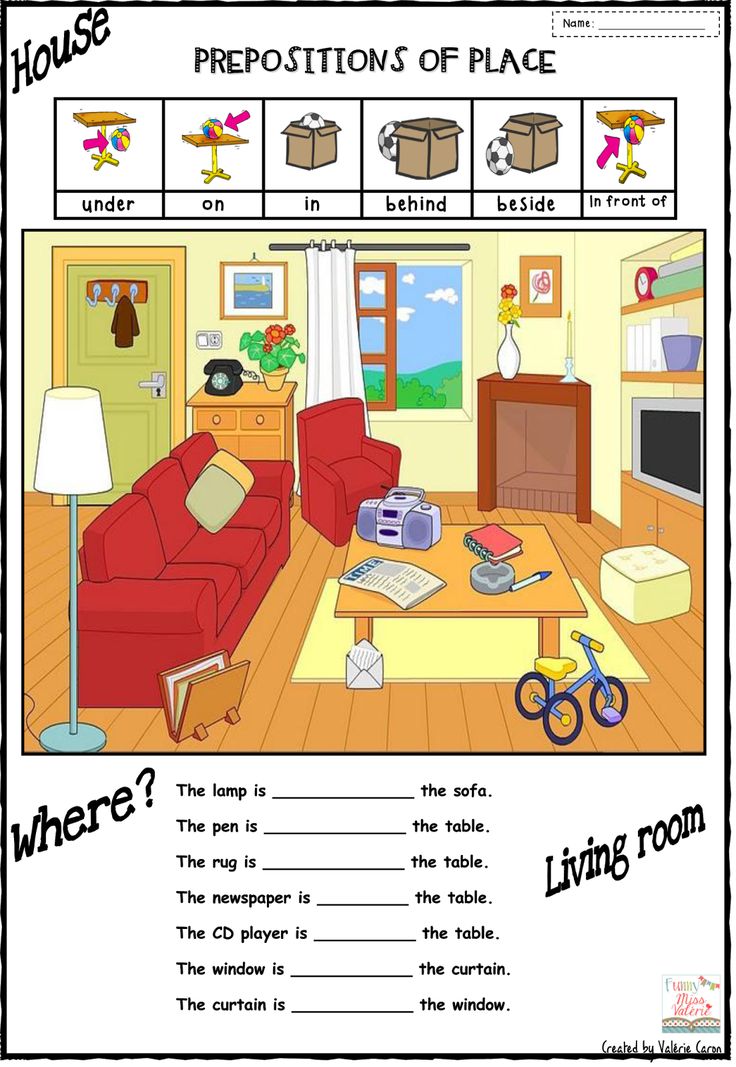
- A barrier is placed between players to prevent one player from seeing the other player's stage. nine0016
- Each player receives an identical set of materials and background scenes.
- One player places an item or object on their stage, giving specific and detailed verbal instructions to the other player about what object they place, where they place it, and how they place it.
- Another player listens carefully and tries to place the same object in the same place on his stage, using only the verbal instructions given to him. You can ask questions!
- Repeat steps 4 and 5 until all objects are set. nine0016
- At the end of the game, the scenes of the players are compared. The goal is achieved if they are as similar as possible.
In the first years of life, a child takes very important steps in his development: his speech is actively formed, he consciously discovers the world around him, learns to think and reason. nine0003
Cheat sheet for the use of prepositions
Didactic game for the use of prepositions "Barrier"
The game is based on the familiar Sea battle .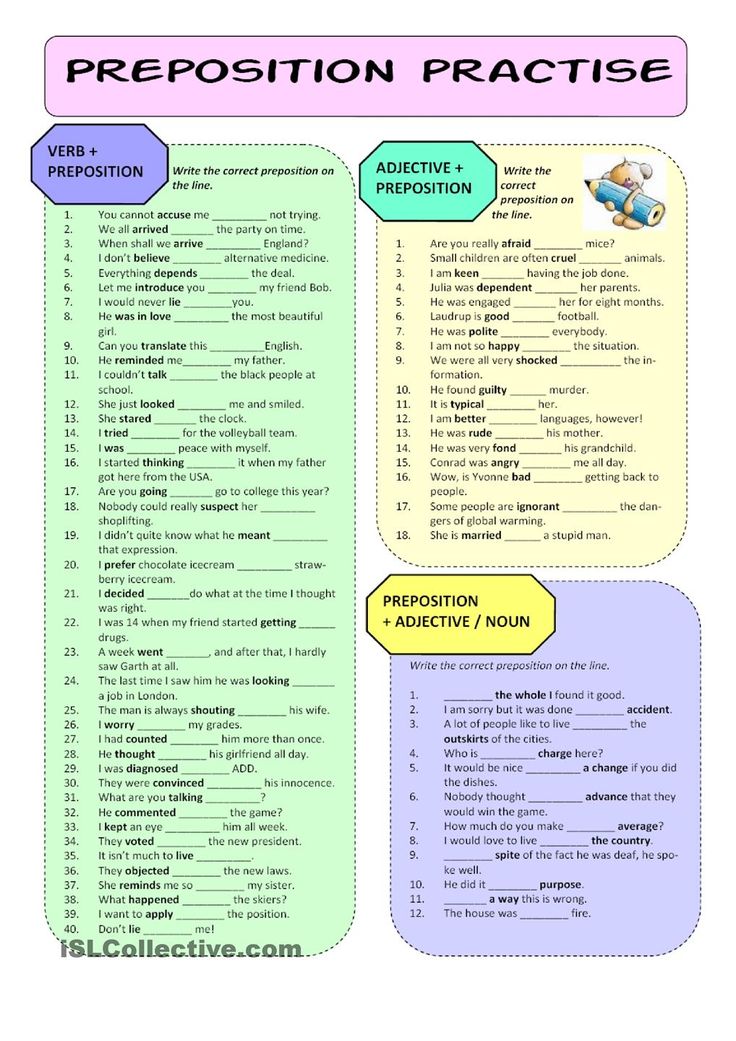 The main principle of the game is the presence of two identical playing fields and identical game pieces. Tip: Objects don't need to be cut to a precise outline.
The main principle of the game is the presence of two identical playing fields and identical game pieces. Tip: Objects don't need to be cut to a precise outline.
The players are positioned so that they do not see each other's playing field. Each player takes turns placing an object on the stage and tells the other player where to place the objects. Each player must give specific instructions on where to place items.
The purpose of the presented didactic game with prepositions is to have playing fields with equally spaced objects at the end.
This is a game where you have to listen carefully and follow directions and explain using a lot of nouns, adjectives and prepositions.
Below are various playing fields for organizing a didactic game on the use of prepositions from barriers. nine0123 Submarine treasures
Pirate island
Park
Cosmos
Snowmen
Winter
Playing the prepositions "Barrier" - how to play
Don't back down if the tasks seem too difficult for your child. They involve active help through a story, an explanation.
Suggestion Cards for Children
Remember that young children are easily distracted and tire easily when getting started.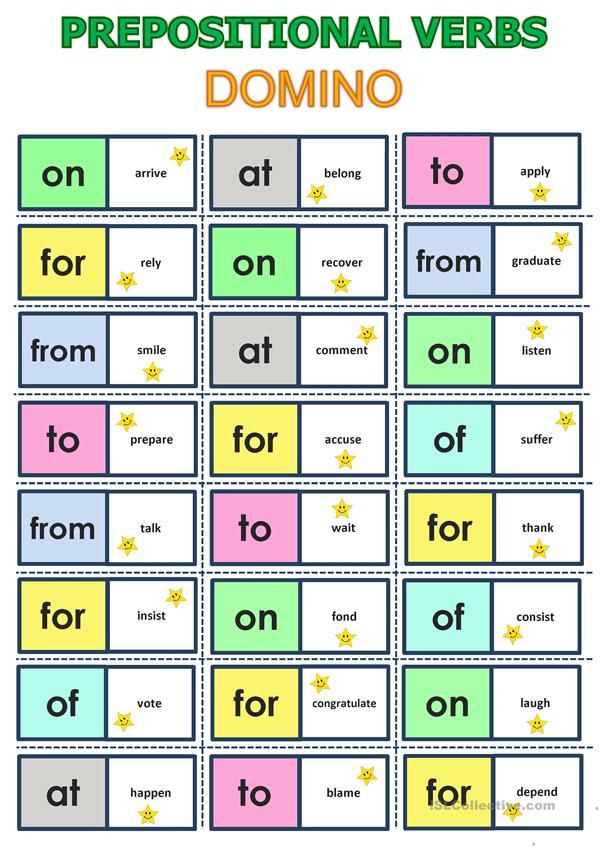 The main thing is to turn the learning of a preschooler into an exciting game. Try also to create an emotionally rich atmosphere. nine0003
The main thing is to turn the learning of a preschooler into an exciting game. Try also to create an emotionally rich atmosphere. nine0003
The best time to practice is in the morning and after a nap. And the lesson itself should not take longer than 15 minutes. For children 5 )
Share with friends
Preposition games
Preposition games- Shmyga Marina Viktorovna, speech therapist
Sections: Speech therapy
Keywords: prepositions, Games with prepositions
GAME "Live Pictures"
Purpose:
- Learn to understand the meaning of prepositions: TO, ON, UNDER, OVER, WITH, ABOUT, IN, ON, BETWEEN, U.
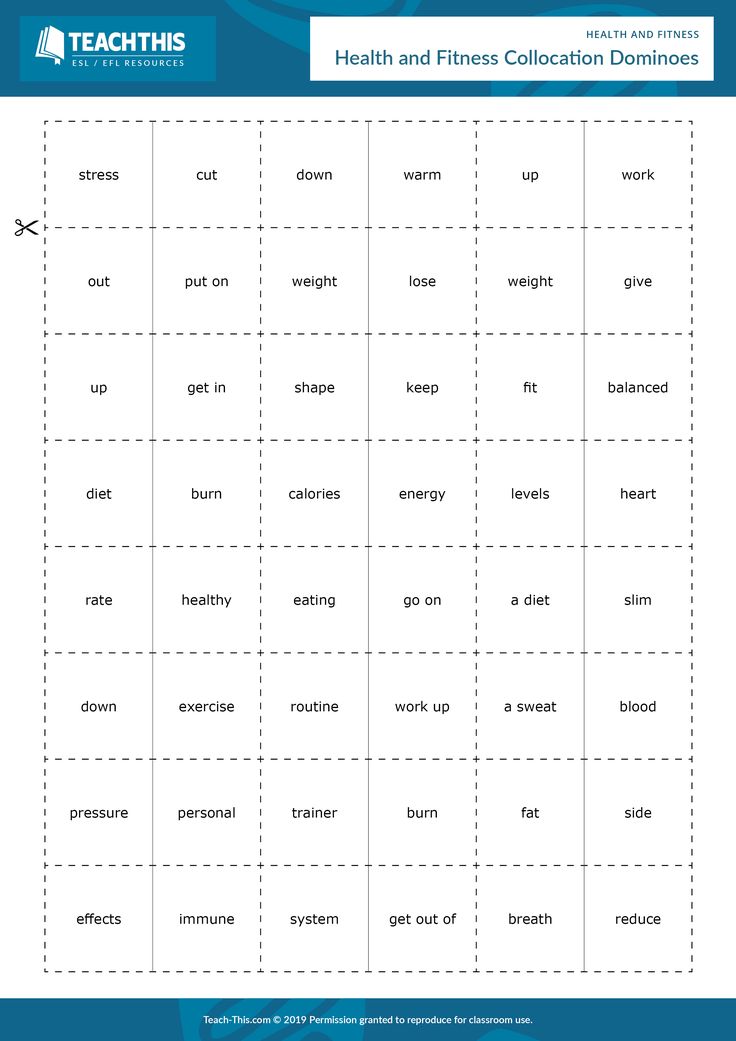
- Introduce the scheme denoting the preposition.
- Learn to differentiate them.
- To form the ability to correctly use prepositional-case constructions in speech.
GAME "Contract the offer"
Purpose:
- Compose a proposal using reference pictures. nine0016
- Strengthening the skills of using prepositions in speech: FOR, ON, K, B, U, S, OVER, ON, THROUGH, FROM, S.
GAME "Cube"
Purpose: Consolidation of understanding and correct use of prepositions in the phrase: ON, ON, WITH, IN, THROUGH, FROM, BECAUSE OF, BEFORE, BETWEEN, UNDER, ABOUT, FROM , K, FOR.
"Panel"
Purpose:
- Dictionary activation.
- Strengthening the skills of using prepositions in speech: AT, ON, UNDER, NEAR, TO, FROM, IN, ON, FROM, BECAUSE OF, ABOVE, BETWEEN.
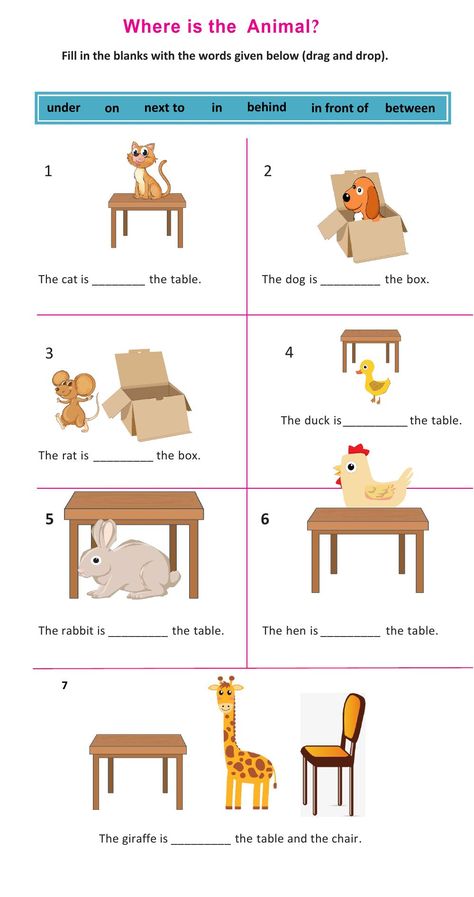
Game progress
Speech therapist (child) manipulates objects, thereby simulating various situations. The child makes sentences with a preposition.
GAME "My house"
Purpose:
- Compose phrases and sentences with prepositions.
- Strengthening the skills of using prepositions in speech:0096
Game progress
1st option
Children are given pictures-objects. The child must, according to the instructions of the speech therapist teacher, perform the action (put the picture in accordance with the instructions).
2nd option
The picture “My house” is laid out in front of the child. The speech therapist lays out a picture - an object in the picture, the child makes up phrases and sentences with prepositions.
GAME "In the forest"
Purpose:
- Compose phrases and sentences with prepositions.
